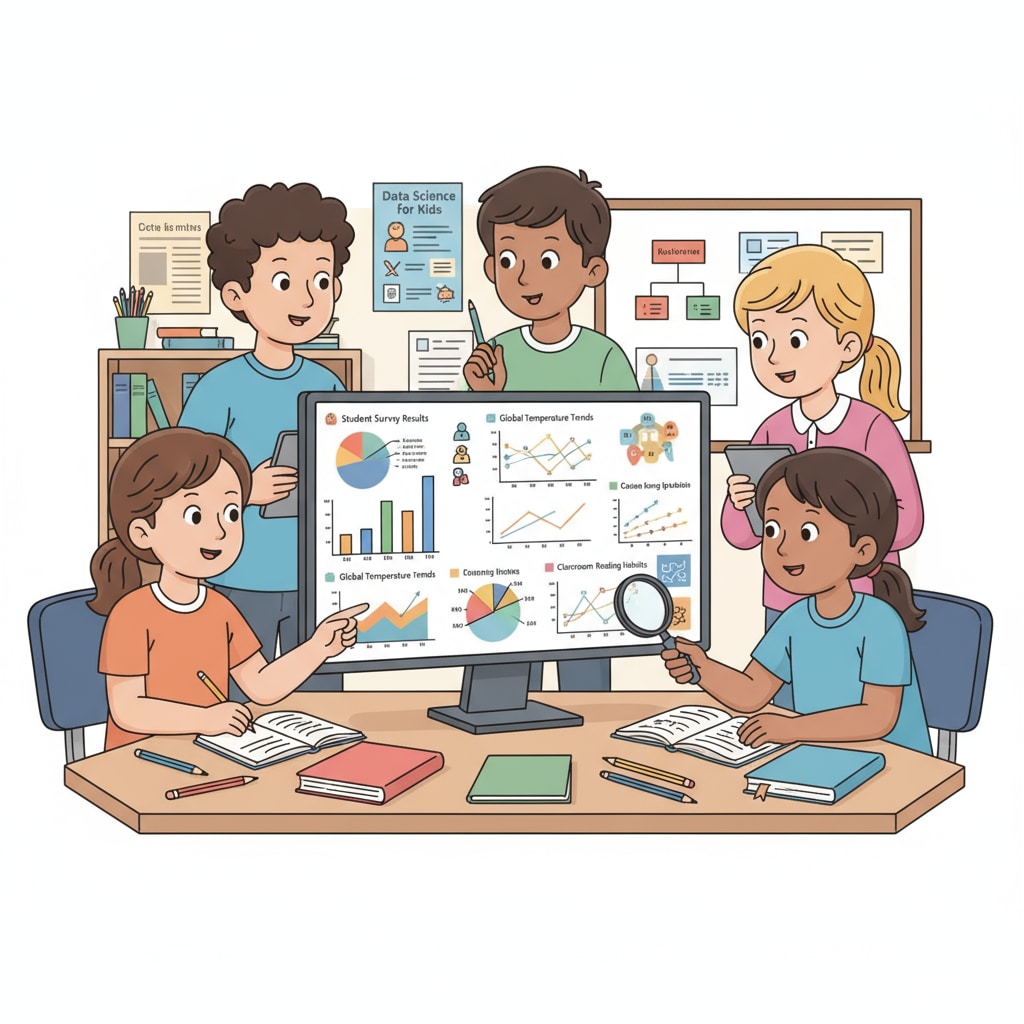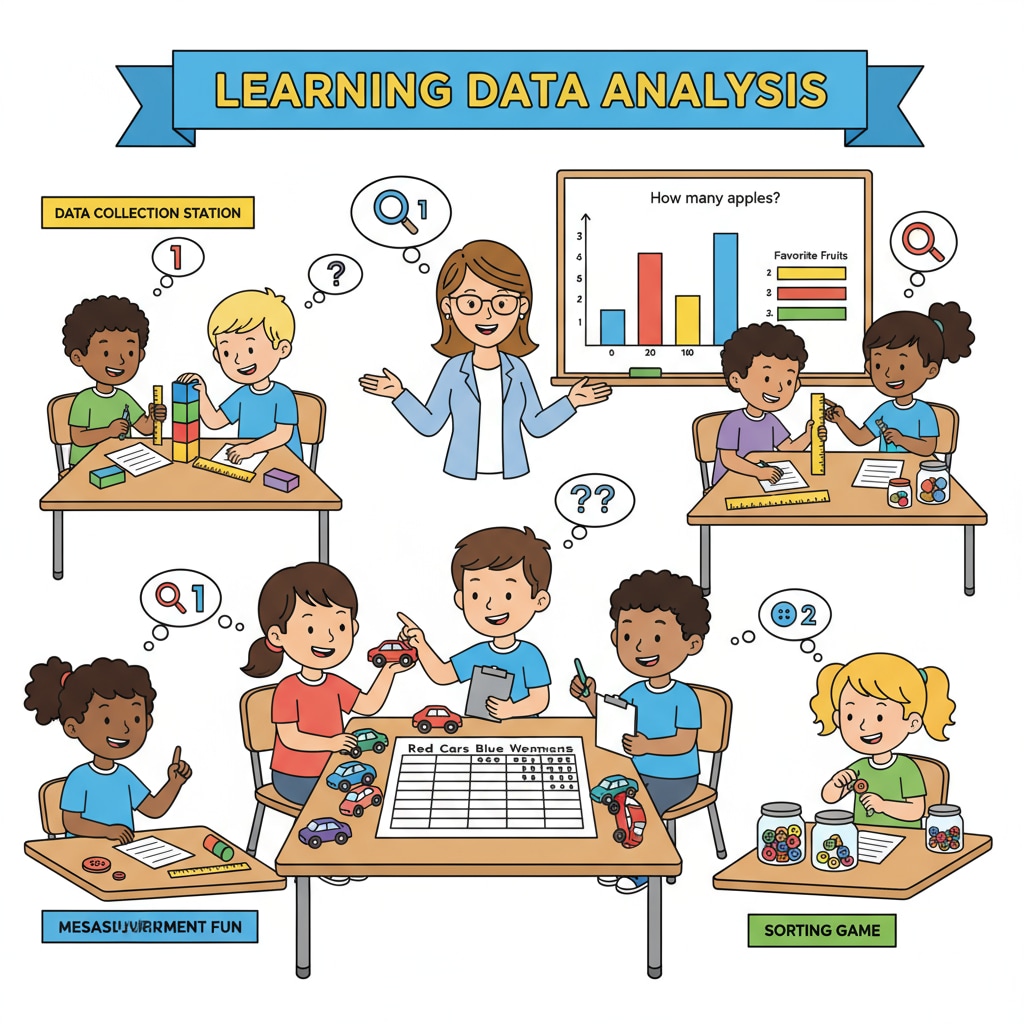In the digital age, data analysis has become an essential skill, and finding data analysis, free courses, and learning resources is crucial, especially for K12 students. Understanding data analysis can empower young learners to make informed decisions and think critically. Let’s explore some excellent free online resources that can help students in this journey.

The Importance of Data Analysis in K12 Education
Data analysis is not just about numbers; it’s about understanding patterns, trends, and making sense of information. For K12 students, learning data analysis nurtures problem-solving abilities. It encourages them to ask questions, collect data, and draw conclusions. For example, in a science project, students can analyze data on plant growth to understand the impact of different variables. This hands-on approach helps them develop a scientific mindset. According to Education World, integrating data analysis in K12 curriculum enhances students’ critical thinking skills.

Free Online Platforms for Data Analysis Learning
There are several free online platforms that offer great learning opportunities for K12 students. Khan Academy is one such platform. It provides comprehensive courses on data and statistics. The lessons are designed in an easy-to-understand manner, with interactive exercises and videos. Another excellent resource is Code.org. While it’s known for coding, it also has modules on data analysis. These modules teach students how to use coding to analyze data. As a result, students can gain practical skills in both coding and data analysis. Britannica’s page on statistics also offers valuable insights that can supplement students’ learning on these platforms.
These free resources are a great starting point for K12 students to explore the world of data analysis. By making use of these platforms, educators and parents can help students build a strong foundation in data literacy. In addition, students will be better prepared for the data-driven world that awaits them in the future.
Readability guidance: As seen above, we have used short paragraphs to convey information clearly. The lists help in summarizing key points. We have also made sure to use active voice as much as possible and incorporated transition words like ‘for example’, ‘as a result’, and ‘in addition’ to enhance the flow of the article.


